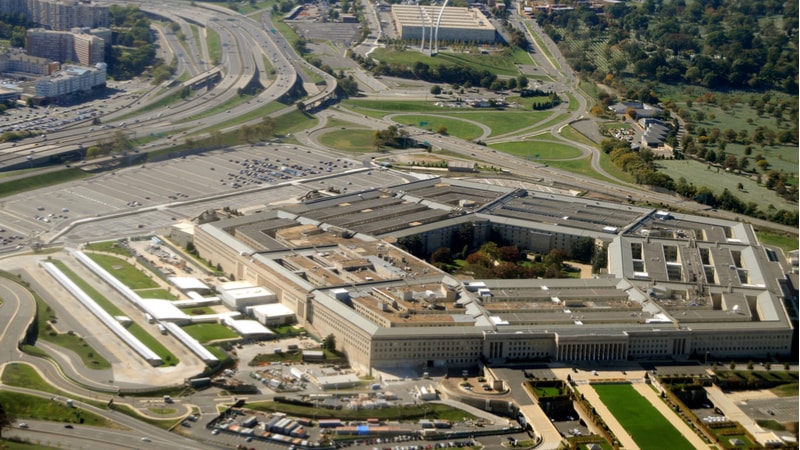
The Pentagon is rolling out a revised cyber force generation model aimed at increasing the effectiveness of its cyber forces and providing improved operational support to the Joint Force.
The updated model, built around core attributes and key organizations, is intended to develop mastery, specialization, and agility in the forces assigned to United States Cyber Command (USCYBERCOM).
“The Department has implemented an updated cyber force generation model that will enhance our ability to respond decisively against evolving threats in the cyber domain,” said Elbridge A. Colby, undersecretary of defense for policy for the Department of Defense (DOD), which the Trump administration has rebranded as the War Department.
USCYBERCOM has relied on traditional military service models for sourcing personnel since its creation over a decade ago.
According to the department, while these approaches have been effective in other domains, they have not met the specific needs required for operations in cyberspace. The new model integrates USCYBERCOM with the military departments to recruit, assess, select, train, and retain cyber forces.
The model is intended to accelerate the development of cyber capabilities needed to address emerging threats and deter aggression, said Anthony J. Tata, undersecretary of defense for personnel and readiness.
He noted that DOD “is acting swiftly to establish policy, implement programs, and execute a new approach to recruiting, developing, and retaining cyber talent, ensuring that we remain ready to achieve peace through strength.”
According to the department, the revised model produces a cyber force capable of “defeating threats posed by China in cyberspace and delivering asymmetric options otherwise unavailable to national decision makers and joint force commanders.”
The revised model consists of seven core attributes: targeted recruiting and assessments, incentives to recruit and retain talent, tailored advanced training, tailored assignment management, specialized mission sets, fully functional headquarters and combat support, and optimized unit phasing.
The Cyber Talent Management Organization, the Advanced Cyber Training and Education Center, and the Cyber Innovation Warfare Center are key enablers for the revised cyber force generation model.
“The model fundamentally changes the department’s approach to generating cyber forces, enabling increased lethality in our cyber forces and establishing a warrior ethos built on domain mastery, specialized skills, and mission agility,” said Katie Sutton, assistant secretary of defense for cyber policy and principal cyber advisor to the defense secretary.
